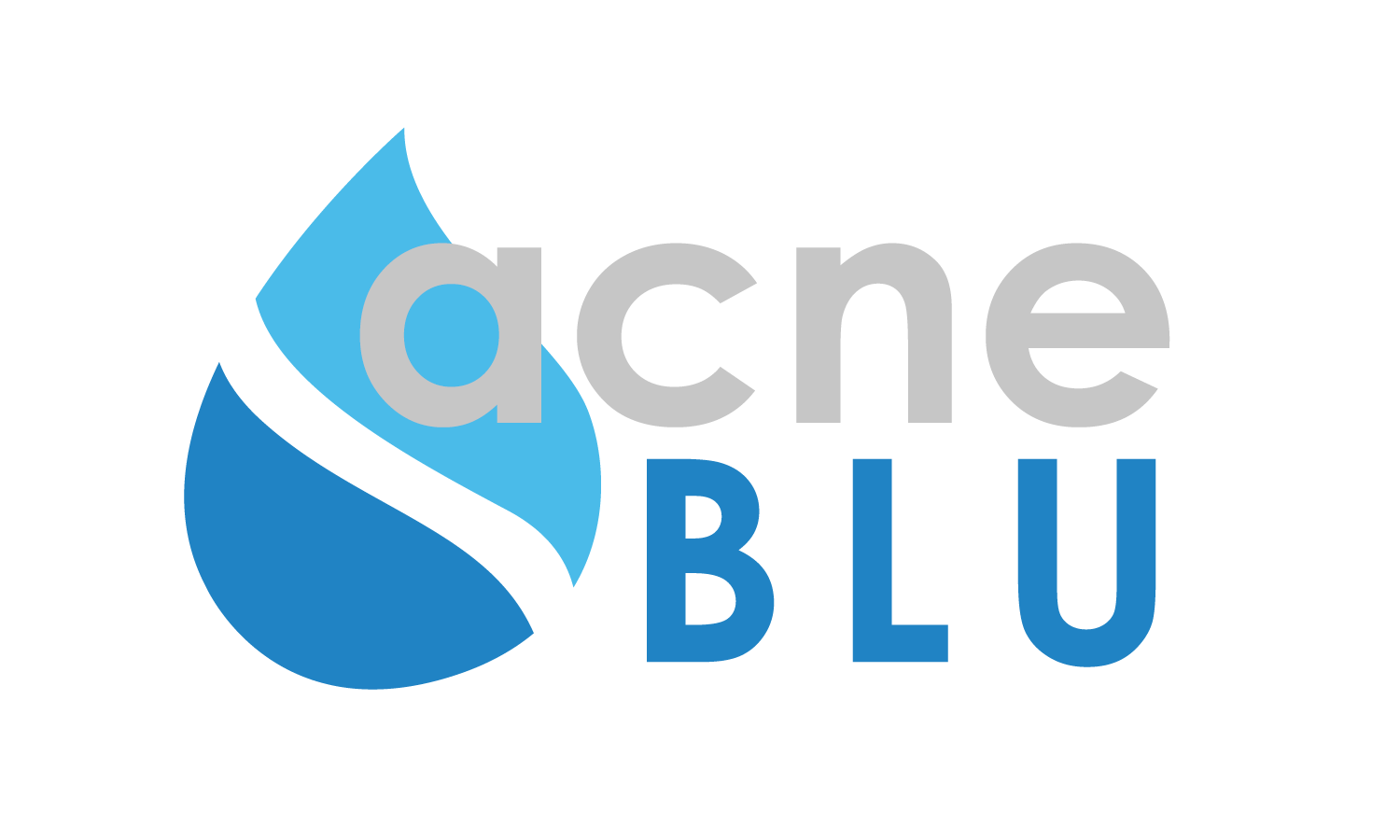2024/07/27 printed from http://dermboard.org All Rights Reserved

What are keloids?
Keloids are scars that grow beyond the borders of the wound, and sometimes they may occur without a known injury to the skin. They are more common in people of African origin, and it can run in families.
What are the causes of keloids?
Any injury to the skin can produce a keloid including some skin conditions such as acne. We frequently see keloids after a piercing of the ear or nose.
How does keloid look and feel?
A keloid looks like a smooth firm bump on the skin that may be darker or lighter than the surrounding skin, and is growing beyond the borders of the original wound. Keloid is usually painless, but it may be itchy or painful.
Should I see my health care provider?
Absolutely! There is no effective over-the-counter treatment of keloids and they can continue to grow.
What are treatments for keloids?
Usual treatments are freezing the keloid with liquid nitrogen, injection of triamcinolone acetonide into the keloid, clobetasol ointment, compression with silicone gel sheet, cutting the keloid out with compression over the wound afterwards, X-ray treatment, laser treatment etc. Any of the treatments above can be combined, but keloids can still come back.
What is the prevention of keloids?
If you have someone in the family with keloids, or you have already had keloid somewhere else, you should avoid any unnecessary procedures such as piercings, or cosmetic surgeries. Before any surgery warn your health care provider about your increased risk for developing keloids. One week after surgery, if approved by your surgeon, you may start applying Embrace Scar Treatment once weekly for up to eight weeks. This commercially available dressing will reduce post-surgical skin tension, and make scars less visible. Other options include silicone gel (brand name ScarAway gel, Scarguard MD) or silicone gel sheets (brand names Scar FX, ScarAway sheets, ScarSheet MD). Silicone gel is applied twice daily. Silicone gel must be perfectly dry before you put clothes on. You can speed up drying by using hair dryer. Silicone sheets are left over the scar 12 to 24 h per day for 6 to 12 months.
Treat acne, pimples, zits and folliculitis promptly. If you think that your scar is getting thicker, go and see you health care provider as soon as possible for early treatment of a possible developing keloid. Â

Hello, i have verry agressief keloids is it possible to take a tattoo? Have someone exsperience with this?
I would not recommend tattooing in someone with aggressive keloids. Best! Dr. T